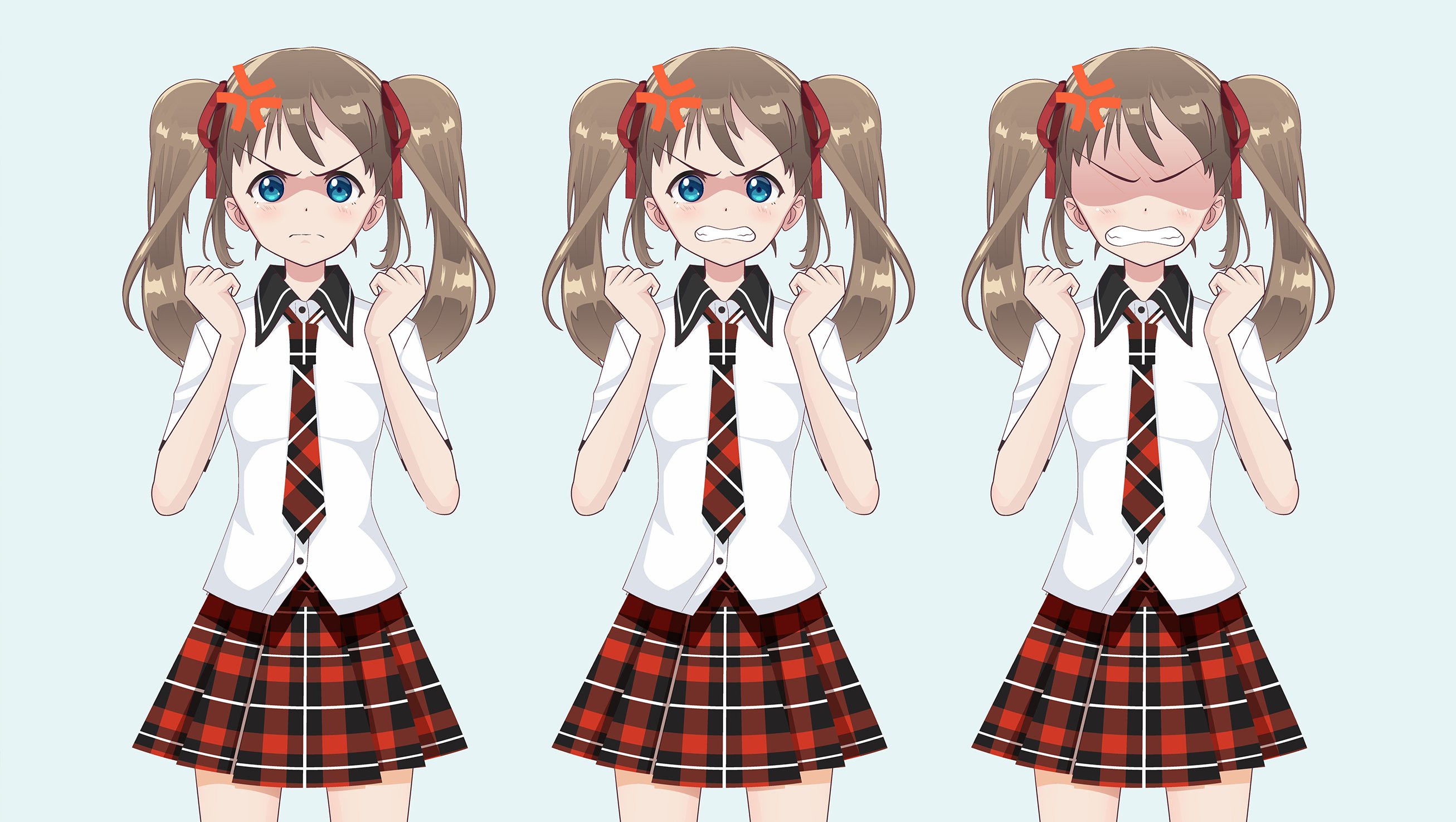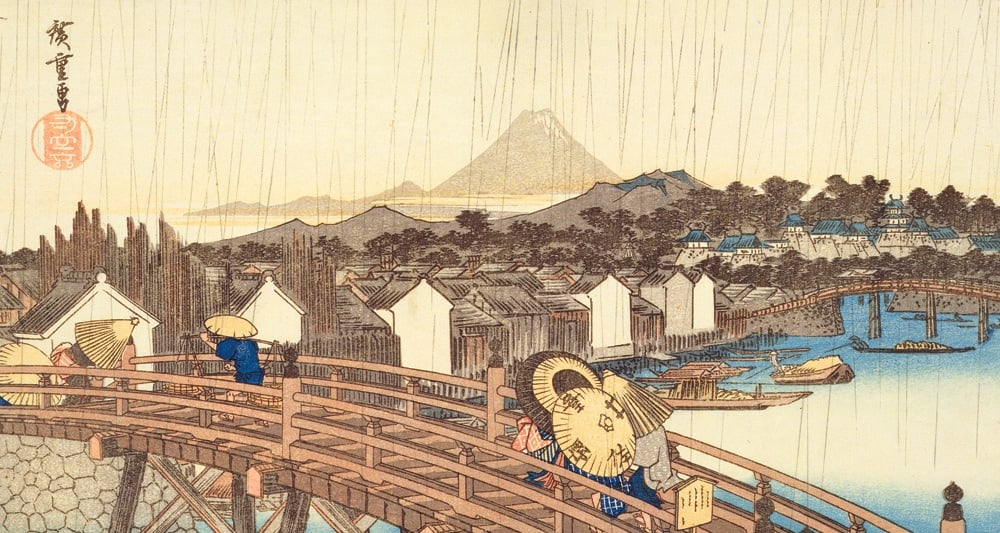Following on from our blog post looking at Japanese woodblock prints, we felt it was important to look at what is arguably the modern progression of graphic art in Japan.
Visual & Decorative Arts Blog
Topics: art of fine gifts, Japanese Woodblock Prints, Manga, art, flame tree art, graphic art
The history of graphic art is criminally under written and often not given the respect it deserves. Taken less seriously by the western artistic canon, graphic art is often relegated to commercial or juvenile art and rarely properly addressed for the powerful storytelling and cultural history it contains. In this new series of blogs we will be looking at the history and development of graphic arts and their influence on wider culture.
Topics: art of fine gifts, Hokusai, Japanese Woodblock Prints, art, flame tree art, hiroshige, great wave
Top 10 Paintings | ‘In the Well of the Great Wave of Kanagawa’ by Katsushika Hokusai
One of Japan’s most iconic artworks, this hugely influential woodblock print was produced in the early 1830s, as the first in a series of paintings by Katsushika Hokusai (1760–1849). Conveyed through bold blocks of eye-grabbing colour, The Great Wave is a dynamic fusion of contrasts – energy and stillness, power and vulnerability – and remains the most recognizable image of the Thirty-six Views of Mount Fuji.
Topics: Hokusai, Japanese Woodblock Prints
Full Moon at Seba, c. 1837−42
In our last blog we talked about the origins of Japanese woodblocks and ukiyo art. We ended with the foundation of the Utagawa School, which was where Hiroshige, one of the greatest masters of woodblock art, took his first steps.
Topics: Japanese Woodblock Prints
With over five thousand woodblocks to his name and celebrated for his breathtaking landscapes, Utagawa Hiroshige (1797–1858) is often said to have been the last of the great art masters of his time. In Europe and the United States, Japanese woodblock prints are usually thought of as decorative pieces rather than fine art; such terms as ukiyo or Edo bakufu do not mean much to most of us Westerners. But in order to fully understand Hiroshige’s work we have to go back a few decades before his birth, to 1603 and the beginning of the Tokugawa shogunate.
Topics: Japanese Woodblock Prints
In anticipation of of our new sketch books arriving next week - one of which features a beautiful design by Hokusai - today in the blog we're going to take a look at the different schools of artists that reflect the history of this traditional art form. We have blogged about Japanese Woodblock prints before, click here to read our articles 'How I Learned to Love Japanese Art' and 'Japanese Woodblocks: Influences and Outcomes'.
We're proud to be working with the Ashmolean Museum, located in Oxford. The museum boasts an extensive collection collection of eastern art, ranging from prints, to sculpture, textiles, and more. Right now we have several beautiful designs from the museum available on iPhone 5 cases. The perfect gift for the tech-savvy, art lover in your life.
Topics: Museums & Galleries, J. M. W. Turner, Japanese Woodblock Prints
Topics: Japanese Woodblock Prints, Art Nouveau, Masterpieces of Art
The Great Wave is one of the great masterpieces of art. It has occupied a unique place in the affection of both Western and Eastern Cultures, since its creation in the early 1830s as the first of 36 Views of Mount Fuji, by the master of the Ukiyo-e style, Katsushika Hokusai (1760–1849). Probably the most famous of all Japanese artworks, The Great Wave is a woodblock print, not a painting, and unlike many of its contemporaries it brought strong European influences into a cultural landscape dominated by eternal, East Asian sensibilities.
Topics: Hokusai, Japanese Woodblock Prints, Art Calendars
Japanese Beginnings?
Although beautiful woodblock prints are often considered the epitome of quintessentially Japanese art, in reality many manifest strong Western influences. For example, as a young man, Hokusai was particularly intrigued by European-style perspective. He uses such perspective in his most famous work, The Great Wave off Kanagawa (pictured below), to stunning effect; the contrast between the huge rising wave in the foreground and the almost imperceptible figure of Mount Fuji in the background is highly effective, and is perfectly complimented by the stark contrast between the movement and energy of the wave against the stillness and stability of the mountain.
Topics: Gustav Klimt, Hokusai, Japanese Woodblock Prints, Claude Monet, Art Nouveau













